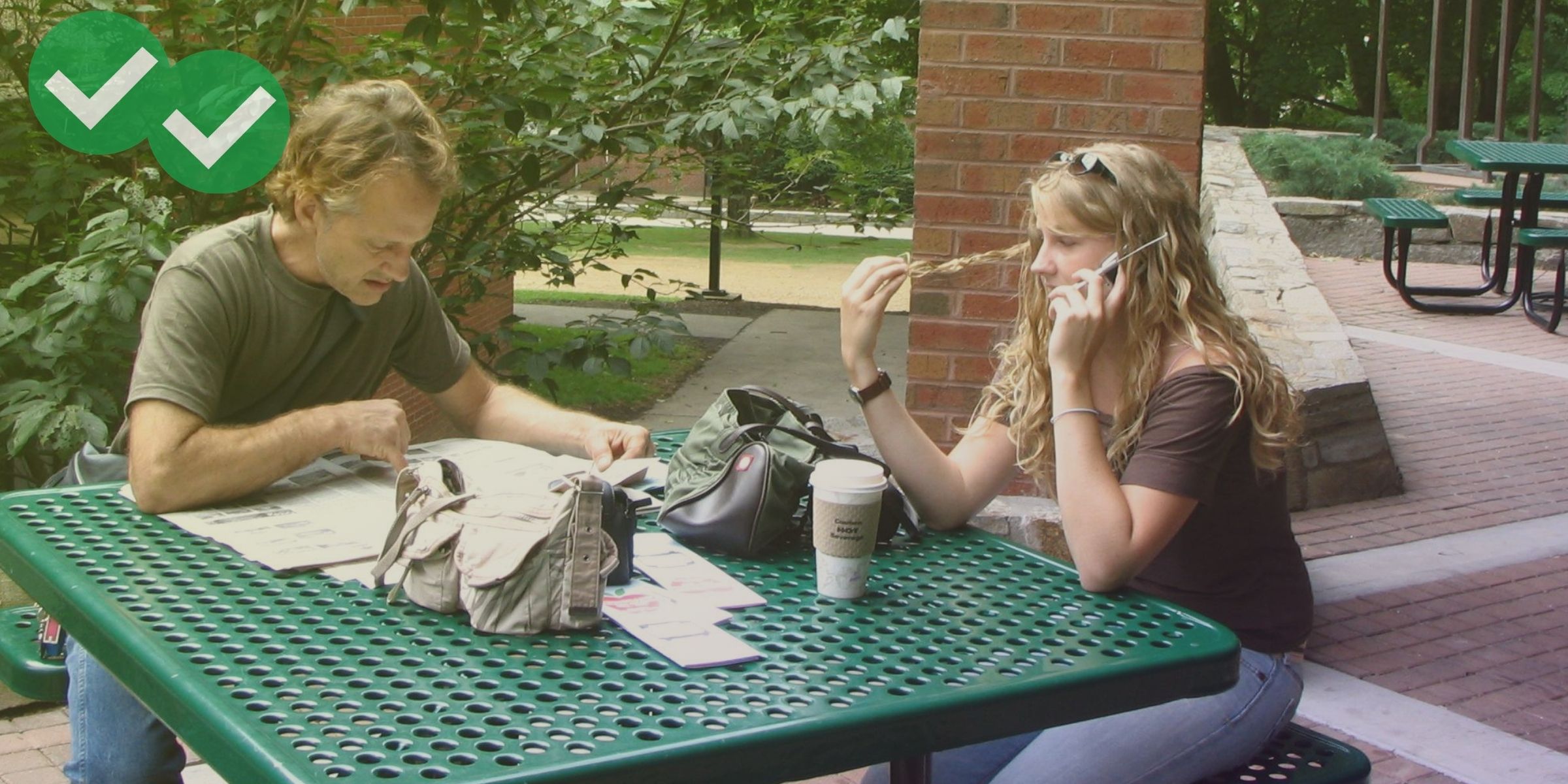When asked about good ways to practice for the TOEFL speaking section, many people’s default answer is to find a language partner—someone you can meet with, whether online, on the phone, or in person, to practice English conversation and test questions with. It’s true that language partners can be a great resource as you study, but for a lot of people it’s not a practical arrangement—particularly if you live in a non-English-speaking country. Practicing speaking by yourself can be tricky, but with some creativity you’ll find that there are tons of great ways to do it. The tips below will help you approach the speaking section with confidence.
Lightning questions
I’ve written about lightning questions before—these are short questions, similar to the independent speaking and writing prompts, that you answer with minimal preparation and planning. You can make a list of questions in advance and just keep it handy (I have a few examples in this post). Every day, choose two or three questions to answer. Read the question, set a timer for a pre-determined length of time (as little as 20 seconds, as much as 90 seconds), and then speak about the topic for the entire time. Your goal is to fill up the entire time, to answer the question, and to pause as little as possible. Unlike on the TOEFL, you shouldn’t be as concerned with giving a complete answer, and it’s OK if you don’t conclude your answer in the given time. The point of this exercise is to keep talking. Lightning questions are a great way to improve your fluency, even if you just do a few of them a day.
Translate reading material
You can exercise your grammar and vocabulary by translating reading passages—orally, of course—from your native language into English. Try to translate each sentence as accurately as you can without using a dictionary. If you’re not sure how to translate a particular phrase or structure, write it down so you can look it up or ask someone later. As you do this exercise, avoid using a dictionary; if there’s a word you don’t know, try to describe it or give the closest synonym you can think of. Replacing words you don’t know with ones you do is a skill that will give you a huge boost on the exam (and in life).
Retell common stories
If you translate something as you read it, you’re going to be pretty confined in terms of your phrasing, since you’re trying to match the text as closely as possible. For some more creative practice, try translating a fairy tale, movie you just saw, or a well-known story. This method gives you a lot more control over the difficulty of the material you’re translating.
Record yourself
Nobody likes doing this, but it’s still solid advice: record yourself speaking so you can listen and critique later. This will let you pick up on mistakes you’re making that you may not even know about, plus you can compare your answers to sample TOEFL answers more easily. It also will get you used to the stress of being recorded so that it’s not quite so strange to be speaking to a computer screen on test day.
PS. Don’t forgot how important it is to take a full-length TOEFL before your exam! Here’s where to find TOEFL practice tests and some additional TOEFL practice questions.






Leave a Reply